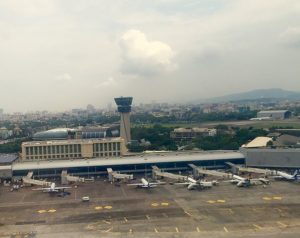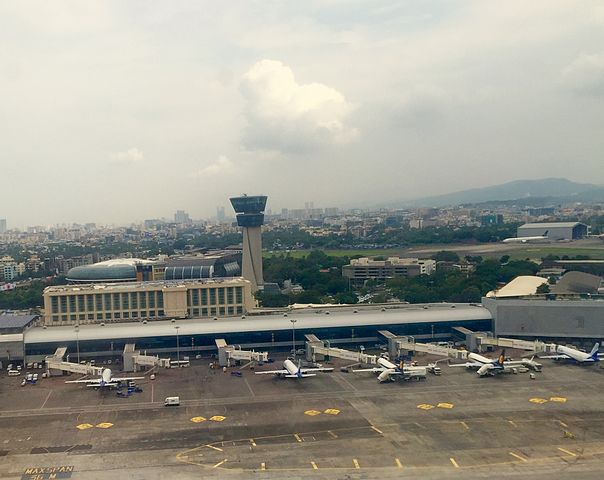 Global air freight markets witnessed strong growth for the second consecutive month in September, as the international freight market strengthened and demand surged for electronic devices coming out of Asia, according to Airports Council International (ACI).
Global air freight markets witnessed strong growth for the second consecutive month in September, as the international freight market strengthened and demand surged for electronic devices coming out of Asia, according to Airports Council International (ACI).
Latest figures from ACI showed a 5.9% acceleration in traffic for September year-on-year, with international freight rising 7% and exceeding domestic freight growth of 3.3%. Accumulated volumes inched up 1.8% since the beginning of the year.
In August 2016, cargo volumes grew 4.8% year-on-year, with international traffic up 4.5% and domestic traffic reaching 5.1% growth.
All regions observed traffic gains in September except Africa which recorded a loss of 4.2%. Europe had the highest growth (7.6%), followed by Asia-Pacific and North America with robust increases of 6.7% and 5.5%, respectively. Both Latin America-Caribbean and the Middle East experienced 3.1% growth.
Out of the top 20 air freight hubs, 15 reported growth rates of over 5.0% and only two experienced slight losses.
“While the increase in volumes is cause for optimism, it is still too early to identify a sustained recovery,” said ACI.
In the Asia-Pacific region, India, South Korea, and China were the main contributors to September’s growth (9.3%, 7.2%, and 6.7%, respectively). The top three airports with the highest volume increases were Hong Kong (7.2%), Shanghai-Pudong (7.4%), and Seoul-Incheon (8.1%). The surge in volumes coincided with the release and replacement of mobile devices such as the Galaxy Note 7 and iPhone 7.
The major drivers of North American traffic, meanwhile, were Chicago-O’Hare (16%), Anchorage (5.6%), and Los Angeles (5.9%). Memphis (negative 0.8%) and Louisville (4.6%) showed mixed results.
In Europe, all major freight hubs showed an increase in air freight activity. Germany, France, and the United Kingdom—the three largest air freight markets in the region—witnessed 6.6%, 5.1%, and 6.7% growth, respectively, in September. However, the main drivers for the high regional freight movement were the double-digit growth rates observed at major commercial airports in Turkey, Italy, Spain, Luxembourg, Russian Federation, and Switzerland (19%, 10.8%, 13.5%, 14.1%, 20.9%, and 14.2%, respectively). Istanbul-Ataturk posted the strongest growth (17.7%), followed by Sheremetyevo (129.5%) that had been recovering from extremely low freight activity. Significant growth was also observed at Frankfurt (6.2%), Paris-Charles de Gaulle (5.2%), and Luxembourg (14.1%).
In the Latin America-Caribbean, the three largest air freight markets of the region—Colombia, Mexico and Brazil—showed mixed results in September. While Colombia plunged into the negative territory at negative 0.7%, Mexico grew by a strong 10.8% rate, and Brazil started to show signs of recovery (negative 2.4%). At the individual airport level, the highest growth was registered at Mexico City (12.8%) and Santiago (13.8%).
The two dynamic air freight markets of the Middle East—United Arab Emirates and Qatar—reported mixed results. While six commercial airports in the UAE reported a loss of 2.7% compared to the previous year, Doha grew 16.3%. Strong growth was also recorded in Israel (24.8%) and Oman (19.8%).
In Africa, significant air freight losses were recorded at major commercial airports in Kenya (negative 10.6%) and South Africa (negative 7.9%). The two major air freight hubs of the region—Nairobi and Johannesburg—lost 7.7% and 10.3% of air freight volumes year-over-year. Cairo is recovering with a 6.0% growth compared to the previous year.
Photo: Trinidade





